“Dancing in the Moonlight” by King Harvest remains an instantly recognizable classic rock staple, transporting listeners to carefree nights filled with joyous revelry under the moon’s glow. But the breezy melody and uplifting lyrics belie a surprisingly dark and personal origin story rooted in trauma and resilience. Sherman Kelly, the songwriter behind this enduring hit, envisioned a “peaceful and joyous celebration of life” as an escape from a harrowing real-life experience. This is the captivating tale of how a near-tragic event sparked the creation of a song that has illuminated dance floors and radio waves for decades.
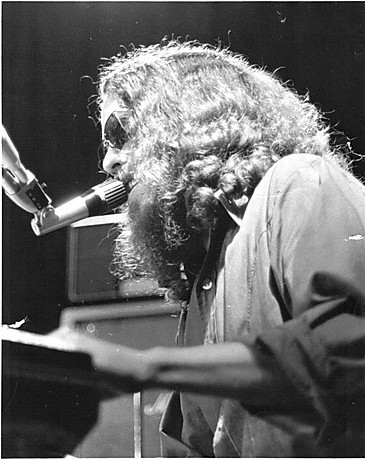 Sherman Kelly onstage in the 1970s.
Sherman Kelly onstage in the 1970s.
Sherman Kelly performing live in the 1970s, during the peak popularity of “Dancing in the Moonlight”.
The genesis of “Dancing in the Moonlight” dates back to 1969, when Sherman Kelly was running a nightclub in St. Thomas, Virgin Islands. An ill-fated day trip to St. Croix with friends on a rented yacht took a dramatic turn when Kelly and his girlfriend succumbed to severe seasickness. Upon reaching St. Croix, still unwell, they opted to forgo returning to the boat overnight, seeking refuge on land. However, Kelly soon discovered he was without his wallet, leaving them stranded and seeking overnight lodging with no funds. After a disturbing encounter at a local inn, where the innkeeper propositioned his girlfriend in exchange for a room, the couple decided to sleep on the beach under the stars.
This seemingly romantic decision quickly devolved into a nightmare. As they slept on the St. Croix beach, Kelly and his girlfriend were brutally attacked by a local street gang. Kelly endured a severe beating, while his girlfriend was assaulted. In a moment of desperate resilience, Kelly regained consciousness and fought back, his resistance startling the attackers and causing them to flee. Barely conscious, the couple managed to reach a hospital, becoming unknowingly early victims of the notorious Fountain Valley Gang, infamous for later devastating the island’s tourism with violent crimes.
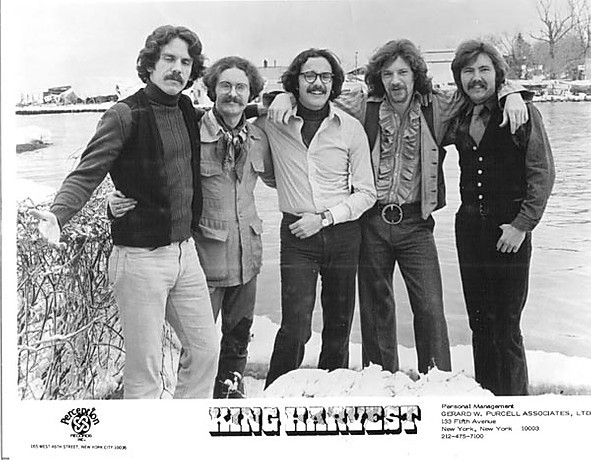 King Harvest in 1972.
King Harvest in 1972.
King Harvest band members in 1972, the year “Dancing in the Moonlight” became a national hit.
Kelly’s injuries were so severe that doctors initially doubted his survival. After days in the St. Croix hospital and further treatment in New York, he returned home to Ithaca, New York, still battling pain and headaches. Unable to perform with a band, songwriting became his focus during convalescence. It was during this period of recovery that the verses for “Dancing in the Moonlight” began to take shape. Far from reflecting the violent reality he had endured, the song became an imagined escape, a vision of “an alternate reality, the dream of a peaceful and joyous celebration of life,” as Kelly described it. The traumatic beach attack ironically birthed lyrics envisioning joyful dancing under a benevolent moon.
Before King Harvest propelled it to national fame, “Dancing in the Moonlight” had a prior, less polished iteration. In 1970, Kelly joined the band Boffalongo, featuring his brother Wells Kelly and future Orleans guitarist Larry Hoppen. Boffalongo recorded “Dancing in the Moonlight” for their album “Beyond Your Head,” with Sherman Kelly on vocals. Kelly candidly admits his vocal performance on this version was flawed, hampered by a negative studio experience. Despite this, the Boffalongo version gained regional traction. Another group, High Broom, also recorded the song in 1970, but their version did not chart.
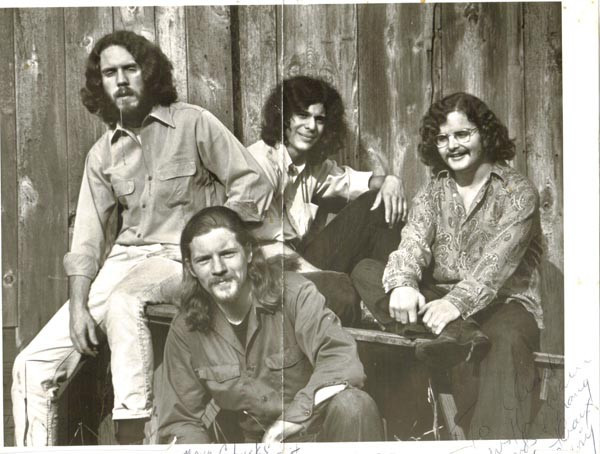 Boffalongo, circa 1970.
Boffalongo, circa 1970.
Boffalongo band photo from approximately 1970, featuring an early recording of “Dancing in the Moonlight”.
The song’s breakthrough arrived when Wells Kelly joined King Harvest, a band formed in Paris featuring Doc Robinson, also a former Boffalongo member. Wells introduced “Dancing in the Moonlight” to King Harvest, and their rendition, with Robinson on lead vocals, became the definitive version. Released in 1972, the single soared up the charts, reaching No. 13 on the Billboard Hot 100 and solidifying itself as a summer anthem. King Harvest invited Sherman Kelly to tour with them during their moment of peak popularity. While Robinson handled lead vocals live, Sherman Kelly contributed harmonies, experiencing firsthand the widespread appeal of his creation. Despite the initial excitement of touring with a hit song, Kelly found the lifestyle unsustainable and left after a single tour.
The story of “Dancing in the Moonlight” continued through the intertwined careers of the Kelly brothers and Larry Hoppen. Wells Kelly and Larry Hoppen later co-founded Orleans, who also recorded their own version of “Dancing in the Moonlight,” further cementing the song’s legacy. Orleans, even after Larry Hoppen’s passing in 2012, continues to perform the song, keeping its spirit alive for new generations of listeners.
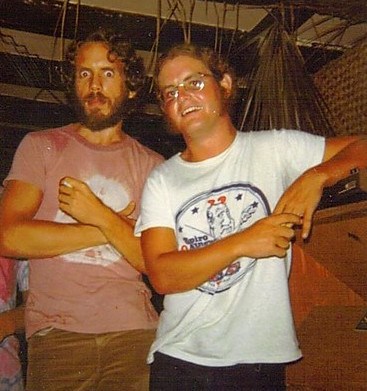 Sherman Kelly, left, and Larry Hoppen, who would go on to form the band Orleans.
Sherman Kelly, left, and Larry Hoppen, who would go on to form the band Orleans.
Sherman Kelly and Larry Hoppen pictured together, highlighting their long-standing musical collaboration and friendship.
Sherman Kelly’s life journey took unexpected turns after the success of “Dancing in the Moonlight.” He pursued higher education, earning a master’s degree in social work and psychotherapy, and dedicated many years to this profession. The tragic death of his brother Wells in 1984 deeply affected him, leading him away from music for a period. However, music remained a part of him. In 2008, he released a solo album, “Burnin’ the Candle,” featuring collaborations with his late brother. The song experienced a resurgence in 2000 when Toploader’s cover became another international hit, demonstrating the song’s timeless appeal across different musical styles and eras. “Dancing in the Moonlight” has also graced numerous films and television shows and was even featured in the “Guardians of the Galaxy” video game, further solidifying its place in popular culture. From its dark origins to its enduring joyful resonance, “Dancing in the Moonlight” stands as a testament to the power of music to transform personal adversity into universal celebration.
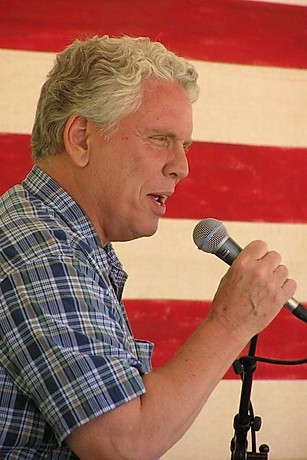 Sherman Kelly today.
Sherman Kelly today.
Sherman Kelly in a recent photo, reflecting on his career and the lasting impact of “Dancing in the Moonlight”.
